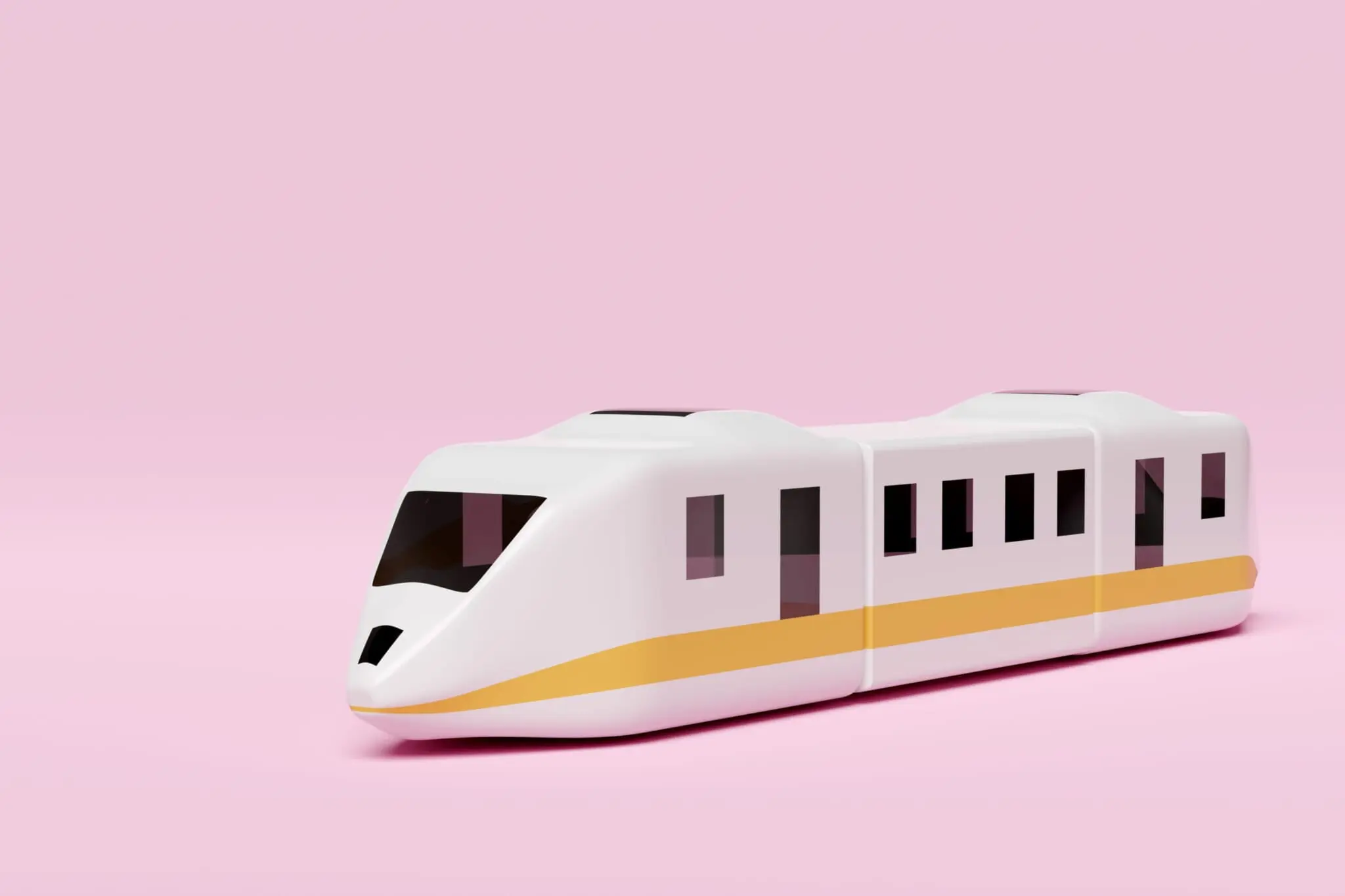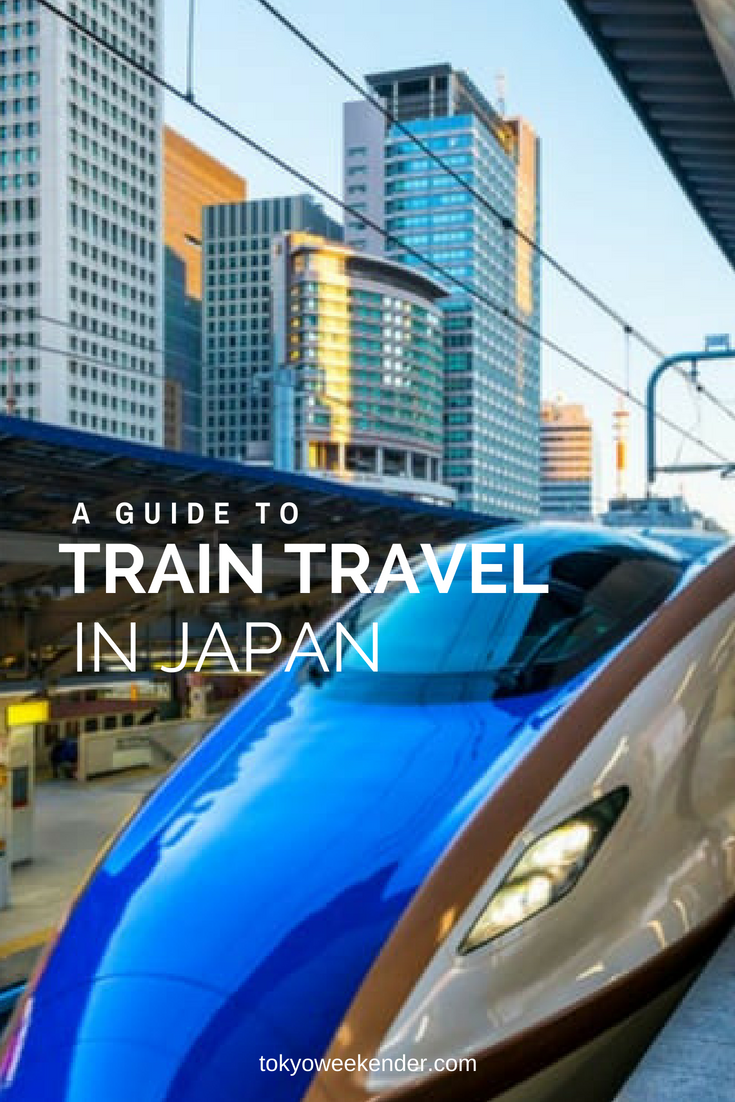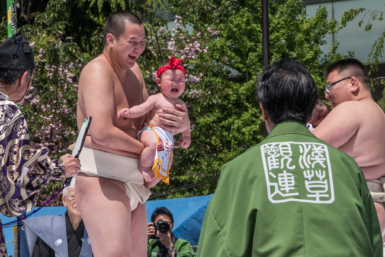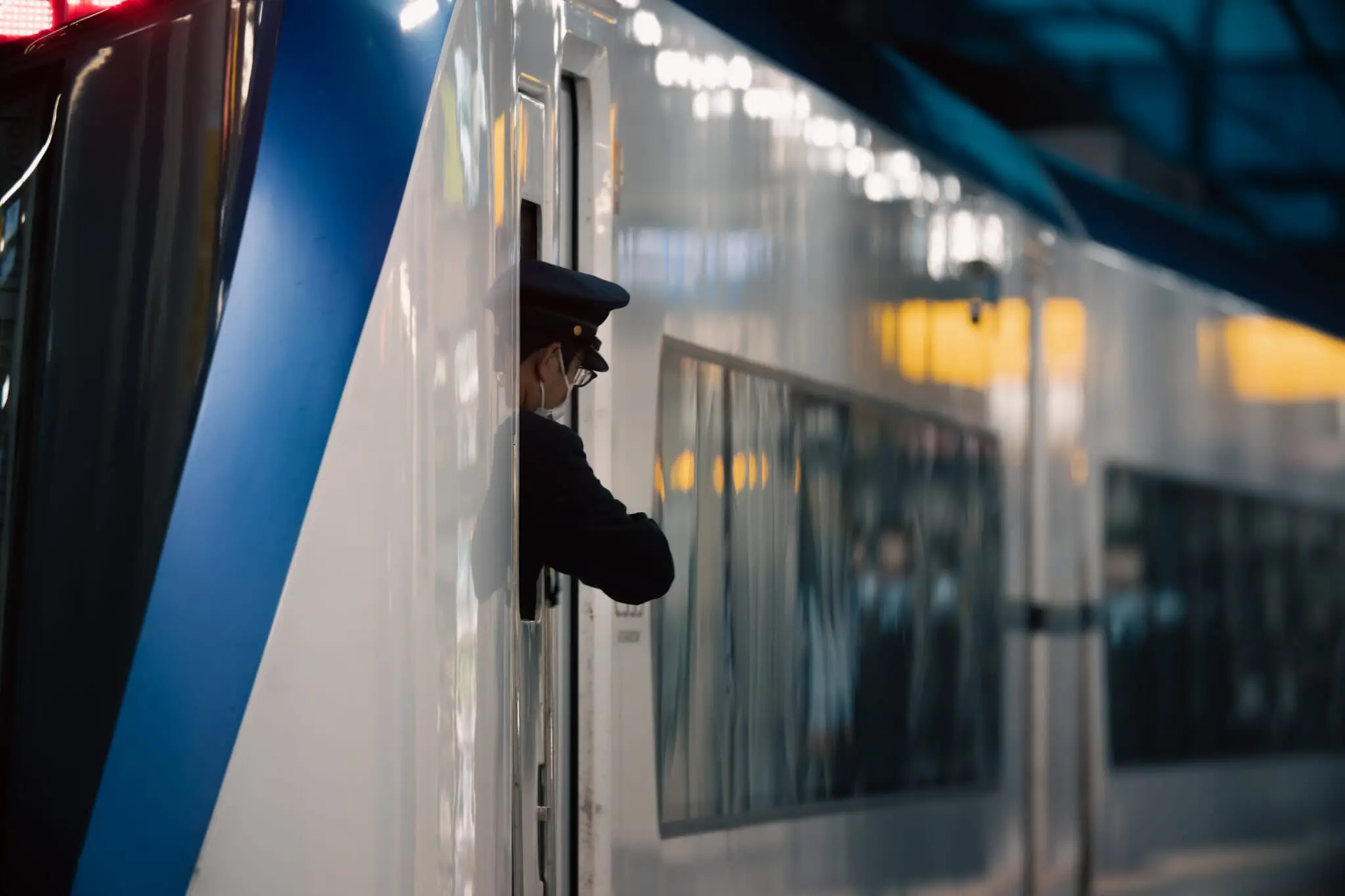
Japan’s Many, Many Train Types
On both JR and privately owned lines across the country, there are a plethora of different types of train services. On top of that, many subway lines connect to private rail networks, so don’t be surprised if you see trains starting on one company’s services and continuing on to another’s. It can be confusing at first, but here is a short list of the most common types of trains:
- Normal (futsu / 普通) or Local (kakueki / 各駅): Both these represent local trains that stop at all stations along the route, making them the slowest alternative.
- Semi-Express (jun-kyu / 準急): Stops at fewer stations than a local train, but more than an express train.
- Express (kyuukou / 急行 or kaisoku / 快速 ): Stops at a select few major hubs along the route.
- Super or Limited Express (tokkyu / 特急): The fastest train that’s not a Shinkansen, often bearing special names (example: Odoriko, Azusa, Romancecar). Many of these have an obligatory seat reservation surcharge on top of the ticket price.
- Shinkansen / Bullet train: This world-famous high-speeded train runs only on JR lines. Since 2016, Shinkansen services have extended all over the main islands of Japan, from Kyushu in the south to Hokkaido in the north.
Seat Classes
There are three common seat classes in Japan:
- Ordinary Class
- Green Class
- GranClass
Some express trains and all Shinkansen trains have so-called Green Cars, which have more spacious seats and more comfortable than normal seats. GranClass Cars are even more spacious and luxurious.
How To Check Train Schedules in Japan
While trains run frequently in major cities and you may not need to pay too much attention to timing train changes there, it’s a different story when you get out into the countryside, or you’re planning a longer trip.
The Hyperdia website and app gives detailed information in English on train journeys and several alternatives — different train lines, bus options, and more. For those comfortable with Japanese, the Jorudan app is a reliable source that also keeps you updated on delays. Jorudan has an English-language website for train journey searches as well.
In recent years, Google Maps has also gotten more accurate at offering the quickest or cheapest routes and even indicating which car you should hop on and off for a quicker transfer.
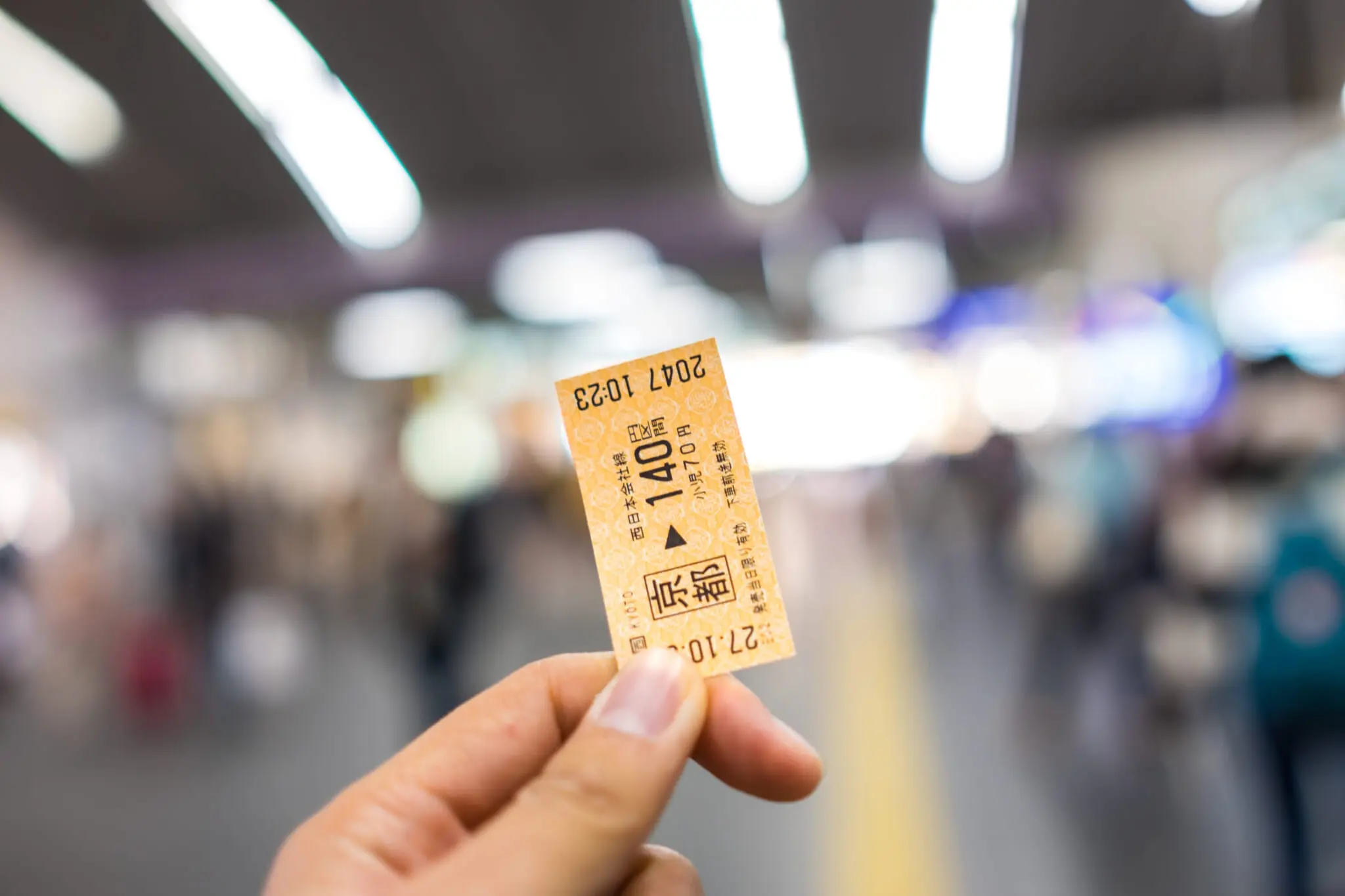
Photo by Mix and Match Studio via Shutterstock
Buying Tickets for Trains in Japan
With all the different train companies, services and lines available, buying tickets can be a headache if traveling through multiple stations and regions.
Normal Tickets
Buy these via ticket machines across the country. Although the machines will be slightly different, it’s generally the same system: choose how many passengers and the price for the ticket you want to buy. Fares are calculated by distance and there will be a large map over the ticket machine area indicating fares from your current station.
If you can’t find your end station on the map, it probably belongs to a different train line. In that case, buy a ticket for the station where you’ll be changing trains.
Using the Fare Adjustment Machines
If you bought an incorrect ticket that doesn’t cover your whole trip, or you change to a different train line without leaving the ticket gates midway through travel, fear not. Fare adjustment machines are placed near the exit gates and you can pay the difference you owe before exiting the station. (You can also do this for IC Cards — see below).
Using IC Cards
Instead of buying a ticket each time you take a train, get an IC Card to make your travel smoother. You can also get a small discount on certain fares depending on the card and company of the public transport you’re using.
IC Cards can be used to pay bus, train and subway fares, but that’s not all — you can use the cards as electronic cash to buy things from vending machines, convenience stores and to pay for taxi fares, and you can even use them at some restaurants. These are a must-have if you don’t want to carry a lot of cash around.
You can buy IC Cards at most ticket machines in major stations. You’ll pay a ¥500 deposit fee on top of the amount you wish to charge the card with. The ¥500 will be returned to you if or when you decide to return the card. Major IC Cards include Pasmo and Suica (Greater Tokyo area and beyond), Icoca and Pitapa (Osaka/Kansai), Toica and Manaca (Greater Nagoya area), Kitaca (Greater Sapporo area), Nimoca and Hayakaken (Fukuoka). Most of these cards are valid in Japan’s major cities, but there are exceptions so it’s best to check in advance.
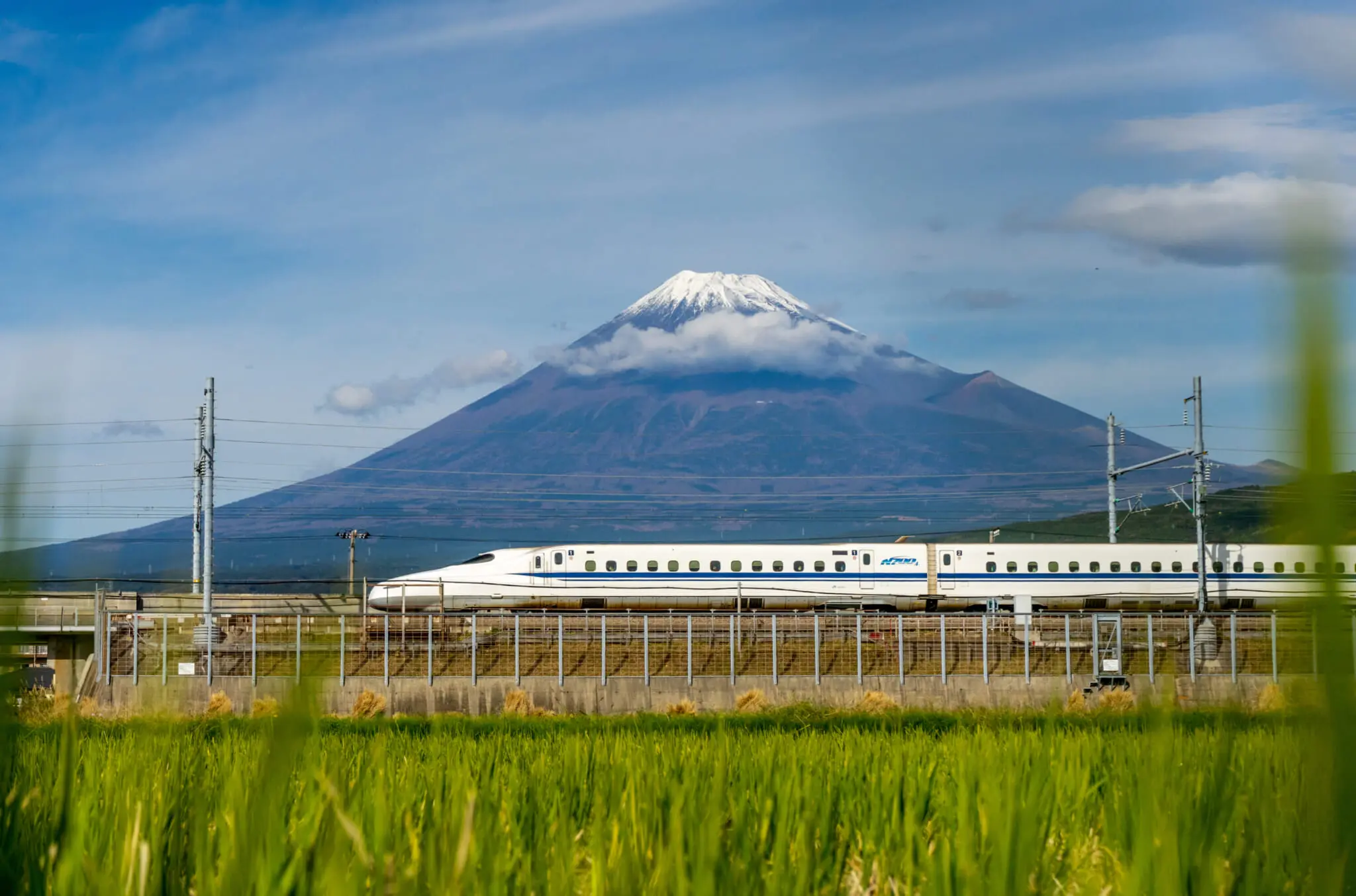
Photo by Neptunestock via Shutterstock
Buying Shinkansen Tickets in Japan
As mentioned above, Shinkansen (or bullet trains) run exclusively on JR lines and thus tickets for Shinkansen can only be purchased at JR stations. To buy tickets for the Shinkansen, look for the row of machines that clearly indicate you can purchase shinkansen tickets on them. Alternatively, you can line up at the JR Ticket Office (Midori-no-madoguchi).
There are eight Shinkansen lines in Japan:
- Tokaido Shinkansen: Runs between Toko and Shin-Osaka stations.
- San’yo Shinkansen: Runs between Shin-Osaka and Hakata stations.
- Tohoku Shinkansen: Runs between Tokyo and Shin-Aomori stations.
- Joetsu Shinkansen: Runs between Omiya and Niigata stations.
- Hokuriku Shinkansen: Runs between Tokyo and Kanazawa stations.
- Kyushu Shinkansen: Runs between Hakata and Kagoshima-Chuo stations.
- Nishi-Kyushu Shinkansen: Runs between Takeo-Onsen and Nagasaki stations.
- Hokkaido Shinkansen: Runs between Shin-Aomori and Shin-Hakodate-Hakuto stations.
Individual lines also have their own versions of local, express and super express trains. Be wary when purchasing your tickets!
Picking Your Shinkansen Cars and Seats
In most cases, we recommend booking your seats in advance if possible to avoid unnecessary travel anxiety but it’s good to know some trains and lines offer free seating. Shinkansen also have Green Car classes, which come at an additional cost.
Things to keep in mind:
- Large luggage should be stored in the appropriate location on the train. For those traveling with oversized luggage (with dimensions measuring over 160cm total), you will have to reserve specific seats in advance. Note that there are exceptions for musical instruments, bicycles and strollers.
- It’s okay to eat and drink on the Shinkansen, though be mindful of other passengers and remember to take your garbage with you when you leave or dispose of it in the garbage near the exit.
- There are designated smoking cars and/or areas, be wary of this when booking your seat.
Especially during peak seasons such as Christmas and New Year’s, Golden Week and Obon, it’s recommended to book your Shinkansen tickets in advance.
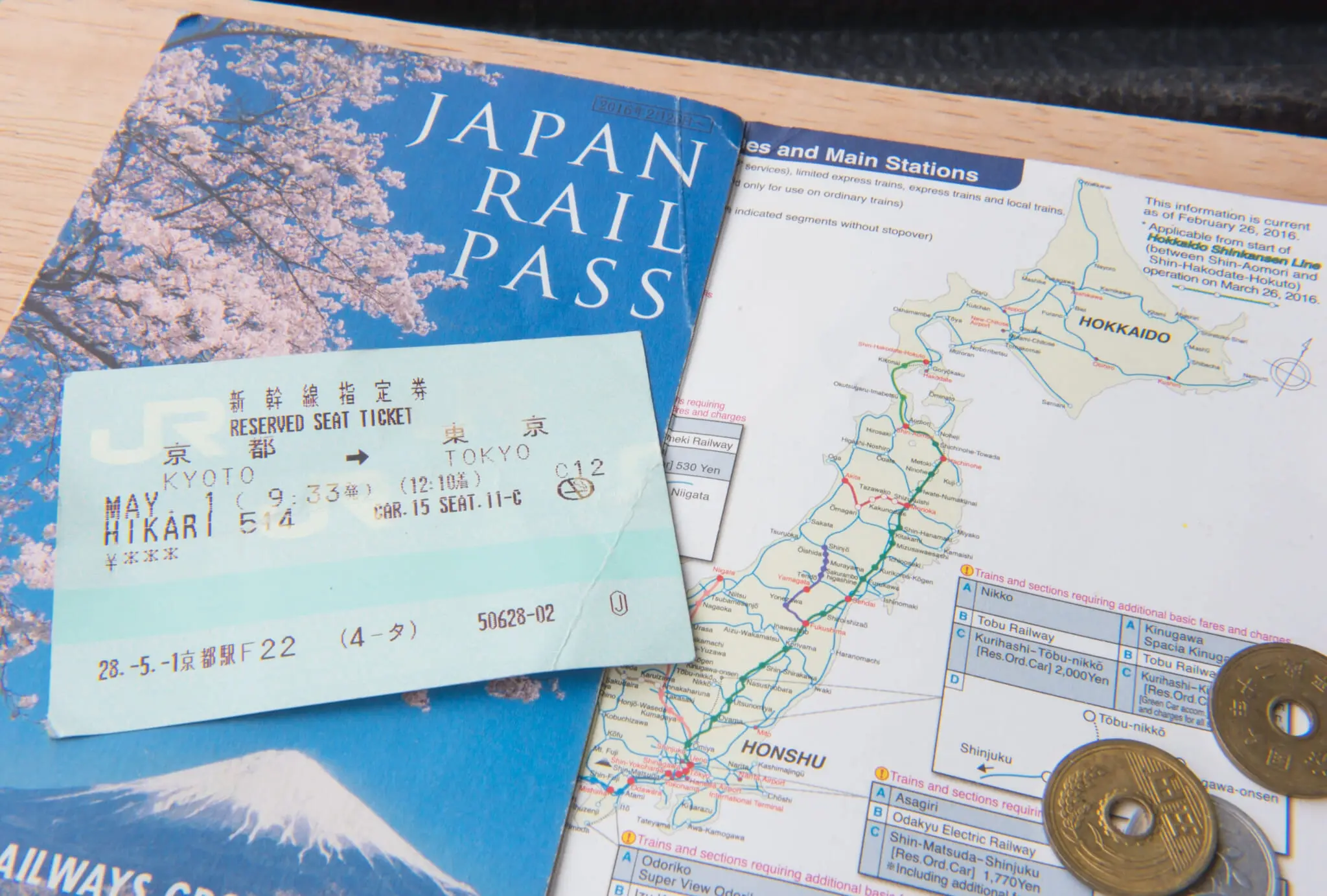
JR Rail Pass
For visitors to Japan, this is one of the best deals available. Japan Rail owns about 70 percent of Japan’s rail network, meaning most of the country is covered by this pass.
Passes can now be purchased upon arrival to the country making last-minute extended trips a little bit easier. There are region-specific passes (JR East Pass, JR West PAss, JR Kyushu Pass, etc) as well as a nationwide JR Rail Pass and they are priced accordingly.
Here are a few ways you can use the various types of JR Pass:
- Kyushu By Train: Discover Japan’s Southern Region
- Modern Flair in Akita and Traditional Sophistication in Yamagata
For more information on the various types of JR Pass and prices, see the official website.
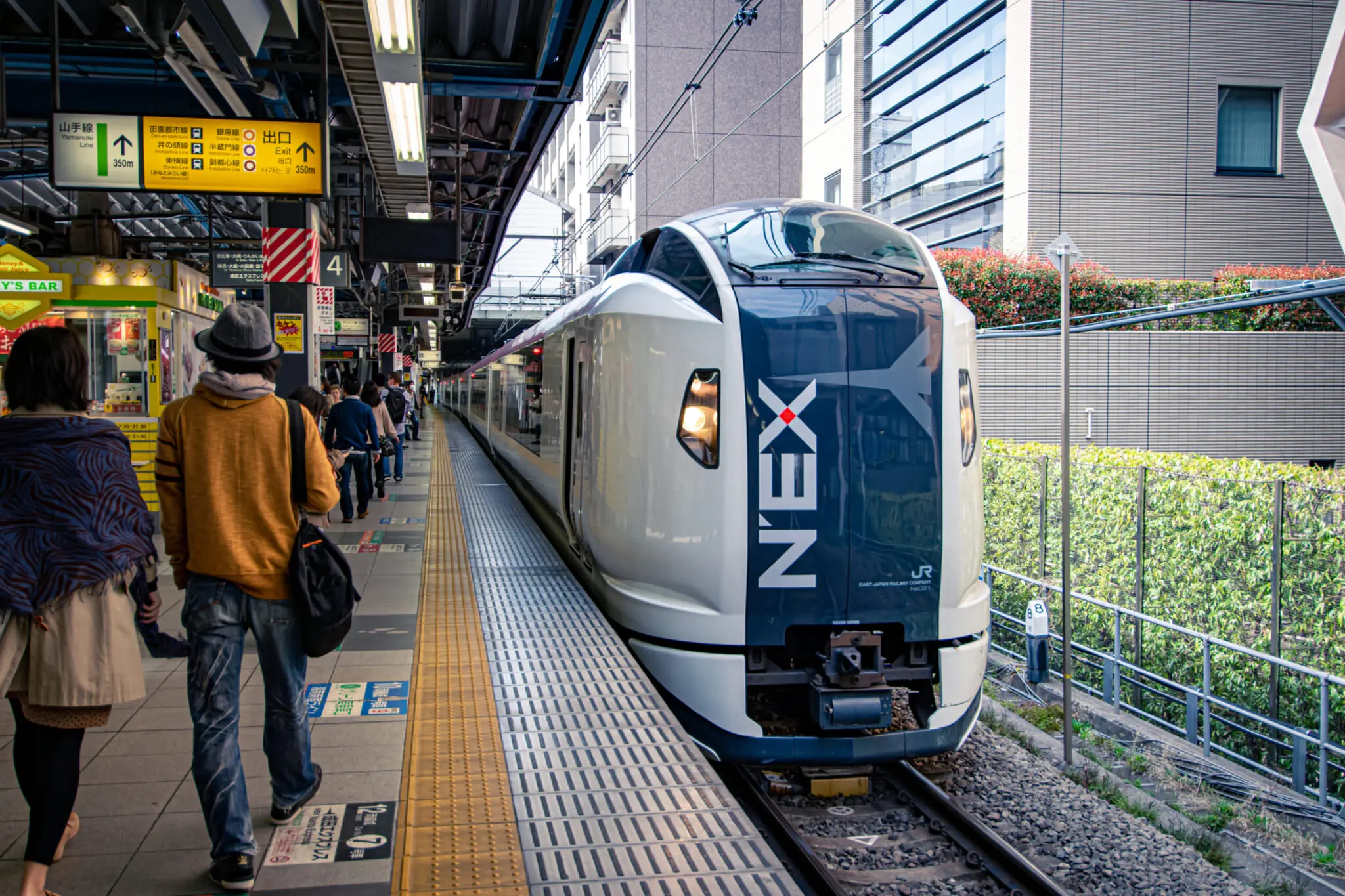
Photo by Nithid Memanee via Shutterstock
Japan’s Airport Trains
There are many different trains offering services to and from airports in Japan — these are some of the major ones.
Tokyo — Narita and Haneda Airports
- Narita Express:An express train with direct access between Narita Airport and major Tokyo train stations.
- Keisei Skyliner: The Keisei Skyliner connects to both Narita and Haneda airports, making it convenient for transfers between the two.
- Keikyu Line: Connects Haneda Airport to major transport hubs in Tokyo.
- Tokyo Monorail: Officially known as the Tokyo Monorail Haneda Airport Line, it connects Hamamatsucho Station to Haneda Airport.
Osaka — Kansai International and Itami Airports
- Limited Express Rapi:t: The fastest train to the airport. It takes 34-37 (depending on the number of stops on the route) to Kansai Airport Station.
- Airport Express: A commuter train on the Nankai Airport Line that takes about 44 minutes from Namba Station.
Nagoya — Centrair Airport
- Airport Rapid Limited Express μ-SKY: The journey on the μ-SKY (μ is from Greek and is pronounced “mu”) only takes 28 minutes from central Nagoya to Centrair Airport.

